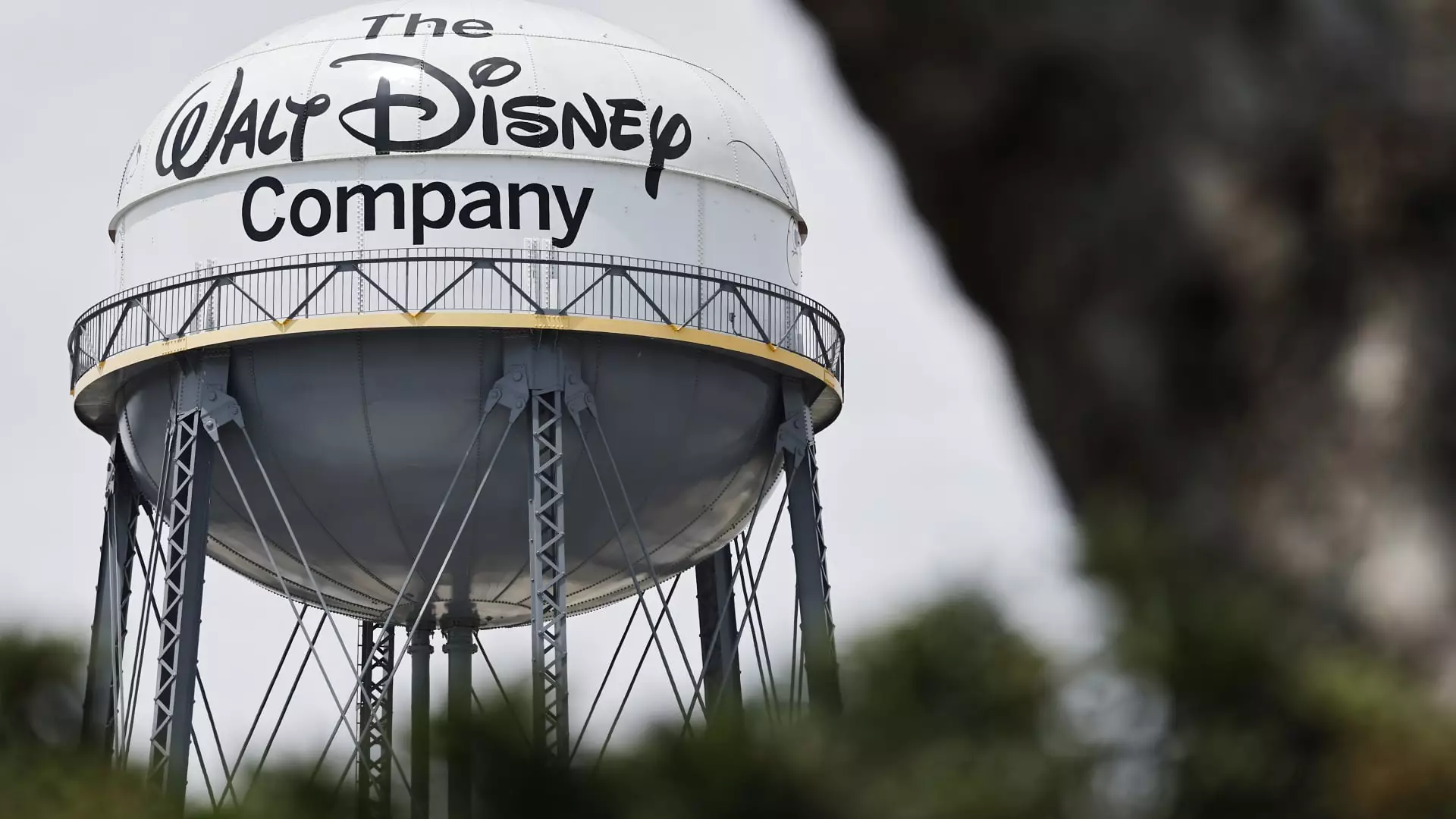Disney frequently markets itself as a titan of entertainment, a global powerhouse rooted in nostalgia and innovative storytelling. However, beneath the sparkling facade lies a fragile business struggling to adapt to a rapidly shifting landscape. Its recent earnings report indicates a mixed bag: promising subscriber numbers and revenue figures are overshadowed by strategic uncertainties and operational weaknesses. While Wall Street salivates over a projected EPS of $1.47 and revenue expectations of $23.73 billion, these numbers mask deeper systemic issues that threaten the company’s future dominance. The core problem: Disney’s overreliance on traditional content channels and the inconsistent performance of its streaming segment, notably Disney+.
Streaming: The Ill-fated Lifeline
The much-hyped Disney+ remains at a crossroads. Once lauded as the industry’s promising new frontier, it now exemplifies the risks of overexpansion and misplaced bets. Subscriber counts exceeded analyst expectations, but profitability remains elusive. Wall Street’s primary concern is whether Disney can sustain its streaming ambitions without sacrificing core profitability. The company’s uncertain rollout of ESPN’s direct-to-consumer platform, priced at nearly $30 per month, reveals growing desperation to carve out a competitive niche amid rising costs and fierce rivals like Fox and Netflix. Timing remains ambiguous, fueling shareholder skepticism about whether these investments will ever bear fruit or serve as mere vanity projects. It’s a classic case of trying to keep up with industry trends without a clear long-term strategic plan.
The Eroding Power of Traditional Assets
While Disney continues to pour resources into its streaming ventures, its once-unassailable theme parks and experiences segment shows mixed results. Domestic parks report revenue growth, but international parks are struggling, with a 5% dip—highlighting the limitations of Disney’s global expansion strategy. The recent Abu Dhabi park deal may seem like a new frontier, but it’s unlikely to reverse the systemic decline. Many consumers are simply losing their appetite for expensive, time-consuming theme park visits, especially as inflation and economic uncertainty tighten household budgets. The idea that Disney’s parks can sustain or even drive future profitability is increasingly questionable.
The Fragile Balance in a Changing Market
As Disney attempts to juggle a variety of revenue streams—from traditional media to new streaming platforms and international ventures—it reveals a fundamental lack of cohesion. The company’s focus on expanding its digital footprint, while seemingly strategic, often appears reactive rather than visionary. For a center-right leaning liberal, this signals a cautious acknowledgment that Disney’s core empire needs restructuring rather than expansion for expansion’s sake. Private enterprise and competitive markets should foster innovation, not bailouts for misguided diversification. Disney’s current trajectory illustrates a company caught between nostalgia and modernity, unsure whether to double down on its legacy or pivot urgently toward sustainable innovation.
In sum, Disney’s recent earnings call exposes a company visibly faltering under the weight of its own ambitions. The magic formula once driven by storytelling and brand loyalty now faces serious hurdles that threaten long-term stability. For discerning investors, this isn’t a story of inevitable growth but a sobering warning of overreach and mismanagement in a fiercely competitive and rapidly evolving industry landscape.

